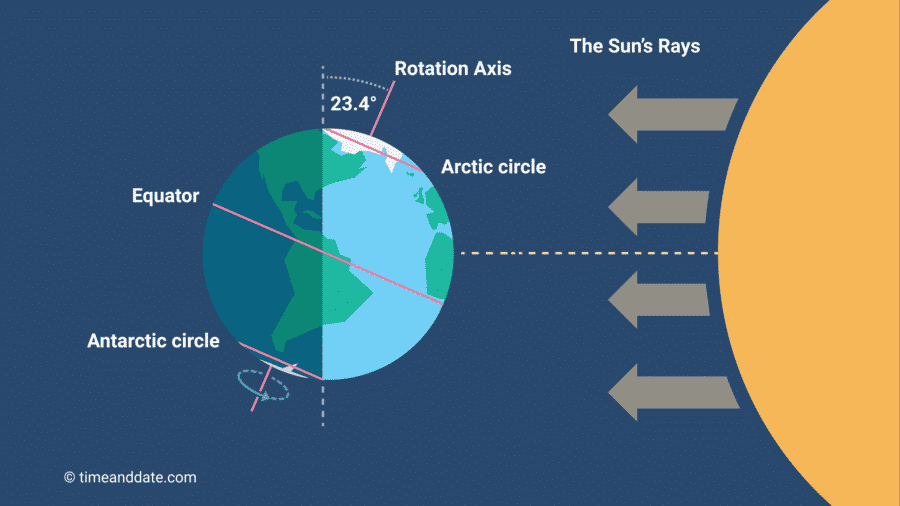Summer solstice – 21st June 2021: Longest day (13 hours and 43 min) of the year in UAE and Northern hemisphere
Mon 21 Jun 2021
If you are in the Northern Hemisphere (Middle East, China, India, United Estate, etc. – half of the Earth that is north of the Equator) you might notice the early dawns and late sunsets, and the high arc of the sun across the sky. The sun will appear high in the sky at local noon.
What is a solstice?
‘Solstice’ (Latin: ‘solstitium’) means ‘sun-stopping’, because the point where the sun appears to rise and set, stops and reverses direction after this day
The word solstice is derived from two Latin words: sol (sun) and sistere (to be still). A solstice can be defined as an event when the sun is at its highest or lowest point in the sky. This happens twice a year when the summer and winter solstices marks the longest and shortest two days of the year, respectively.
On the longest day of the year, the sun will rise at 5.29 am and set at 7.12 pm.
The summer solstice is the day when the sun travels its longest path through the sky and reaches its highest point. Due to the tilt of the Earth on its axis, the North Pole is shifted almost directly toward the sun, hence the long hours of daylight, according to Britannica.com.
The summer solstice, marks the sun’s most northerly point in Earth’s sky. The sun will be at its height, as it crosses the sky. Meanwhile, in the south of the equator, winter will begin.
On this day, Earth is positioned in its orbit so that our world’s North Pole is leaning most toward the sun. As seen from Earth, the sun is directly overhead at noon 23 1/2 degrees north of the equator, at an imaginary line encircling the globe known as the Tropic of Cancer. This is as far north as the sun ever gets.
An interesting thing – Around the time of the solstice, your noon time shadow is your shortest noontime shadow of the year.
Over the centuries, the June solstice has inspired countless festivals, midsummer celebrations and religious holidays.
One of the world’s oldest evidence of the summer solstice’s importance in culture is Stonehenge in England, a megalithic structure which clearly marks the moment of the June solstice.
Photo: timeanddate.com

 Apr 26 2024
Apr 26 2024













